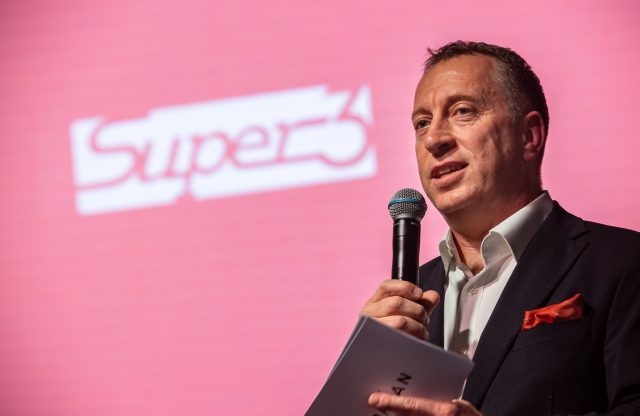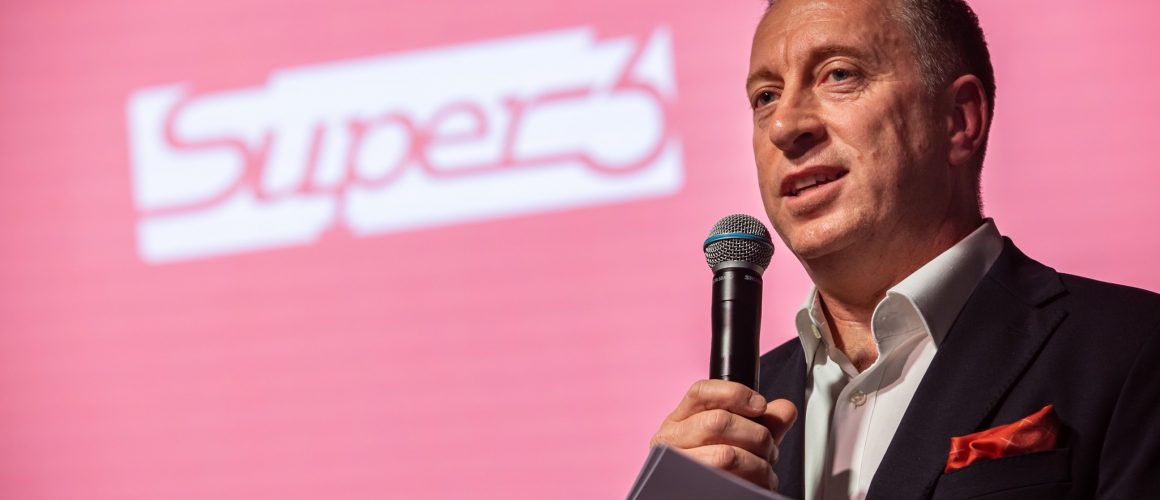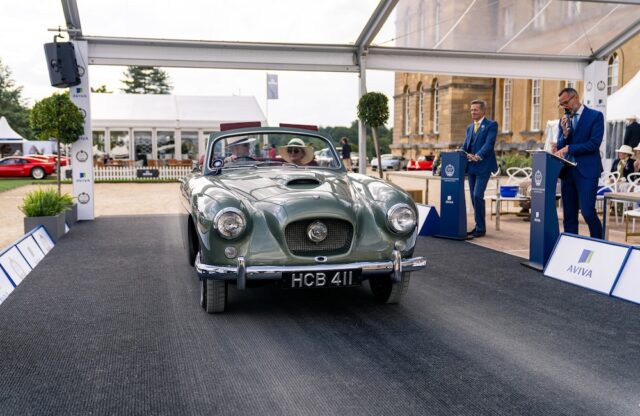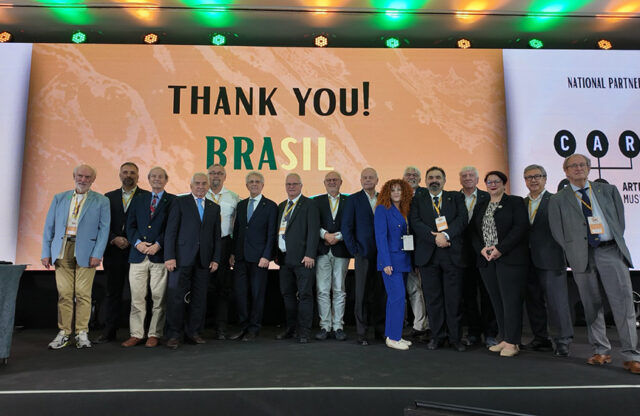WORDS: ELLIOTT HUGHES | PHOTOGRAPHY: MORGAN
Four vintage Morgan 3 Wheelers sit abreast gleaming in the sunshine outside Morgan Motor Company’s historic factory on Pickersleigh Road in Malvern. Their impassioned owners chat to one another while polishing their cars’ gleaming brightwork.
The idea behind the cars currently being doted on began in 1909, and Magneto is here to witness the culmination of 113 years of history with the launch of the Super 3. Who better to explain such a story than managing director Steve Morris, who has spent 40 years at Malvern, having started his career here as a 16-year-old apprentice.
Morgan has wrangled the polarity of old and new with increasing open-mindedness since Steve was appointed to his position at the head of the company in 2013; high-tech BMW engines, advanced Superform aluminium monocoque construction and research into EV powertrains all feature in the marque’s recent history.
“Morgan is just about to enter chapter three of the 3 Wheeler story,” he says. We are seated in an immaculate showroom within the factory, an ash frame encases our table and we are surrounded by a variety of gleaming machines.
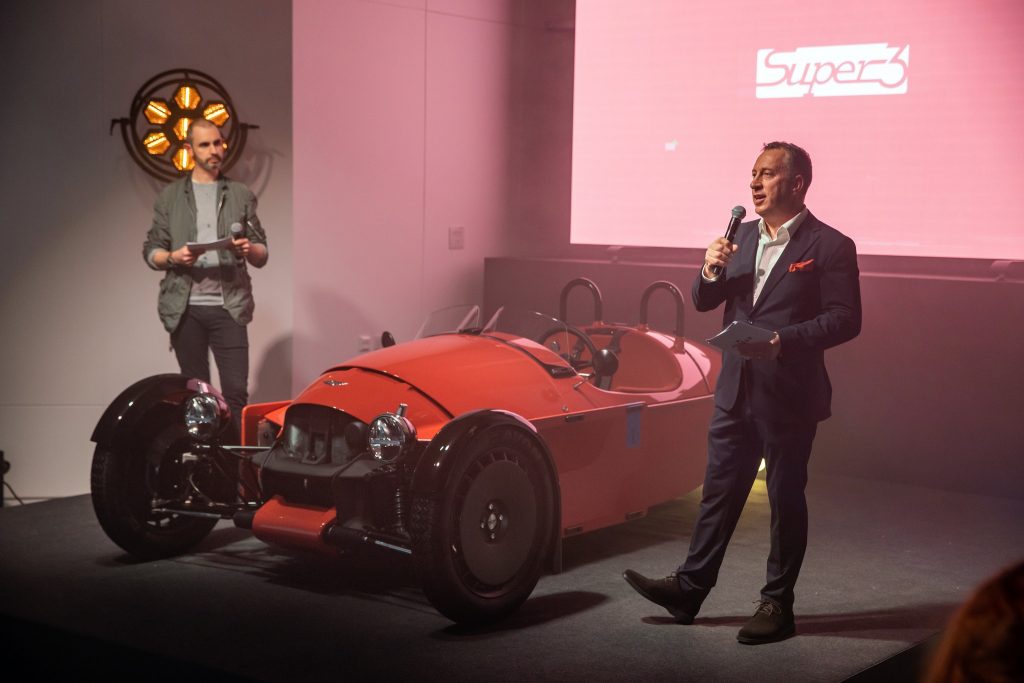
“Chapter one was with the 1909 Runabout, while chapter two started in 2011 when we released the 3 Wheeler. We’ve built 3003 3 Wheelers in the past decade, but we have really high hopes that the Super 3 will eclipse this,” he asserts.
Steve has been speaking for only a matter of minutes, but his passion for the Morgan marque and its history is obvious. He has reason to be confident about the Super 3, too. The re-release of the 3 Wheeler in 2011 proved to be a stroke of genius for the company, and the model has been hugely successful – 3000 sales is a considerable number for a factory that ordinarily builds 400-600 cars per year.
Even so, part of the reason the Super 3 came about so quickly (for Morgan, anyway) was the problem that arose when the 3 Wheeler’s characterful V-twin engine could no longer be homologated. “What you know is never what hurts you; it’s what you don’t know,” Steve explains.
“I always say the same thing: it’s changes to legislation that are the biggest challenge. Things you can’t control. In my 40 years we’ve talked about it daily. The good thing about being a smaller manufacturer is that we can be nimble and agile; if we need to change something, we don’t need to go through layers and layers of management to make a decision. We all just sit in a room together and talk directly.”
Sitting in a room and thrashing out an imminent problem is exactly how the Super 3 was born. “The catalyst was that S&S was no longer going to develop the V-twin engine. So we sat down for an hour and said: ‘We’ll just put another engine in then.’ But then we realised that we should take the opportunity to do a ground-up design after ten years of the 3 Wheeler being on the market.”
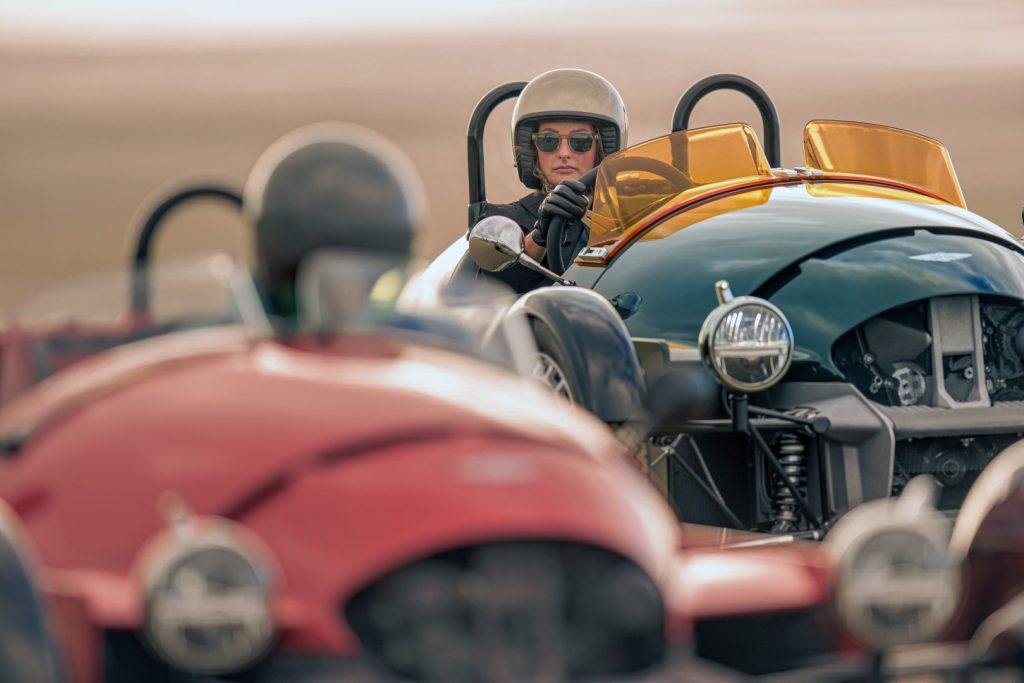
It’s clear that Morgan has taken some risks with the Super 3 design, particularly given the popularity of its predecessor. The jet-age styling is far more modern than that of the Biggles-esque 3 Wheeler, as is the Ford inline-three engine and digital-gauge-equipped interior. The Super 3 demonstrates Morgan’s increasing confidence in taking advantage of modern technology without fearing it will dilute the purity or personality of the brand.
“We’re very pleased to live in the moment,” Steve says. “But a car manufacturer of our size must think about what the future might look like. The Super 3 is designed for the future, and its engineering integrity lends itself to that in both the chassis and packaging – the scope is definitely there.”
These comments come six years after Morgan shocked the automotive press at the Geneva Motor Show with the stunning EV3 3 Wheeler, so alternative powertrains look likely to be on the cards in the coming years. All this from a manufacturer that has for years been stereotyped for its enthusiasm for ash frames, running boards and wire wheels.
Steve knows that it is essential for Morgan to keep evolving. “Things are just so much more complex in terms of development nowadays. Take Euro 7 ICE development; it’s monumentally complicated and expensive, and that’s before we start talking about electrification. But we’re really wed to the history and DNA of Morgan, and we need to keep alive the elements of the brand that make it special – that’s really important for us. I think Morgan’s future is looking pretty good. I’m really confident that in the next phase we will take the technology as it comes to us, and we’re never afraid of an engineering challenge.”
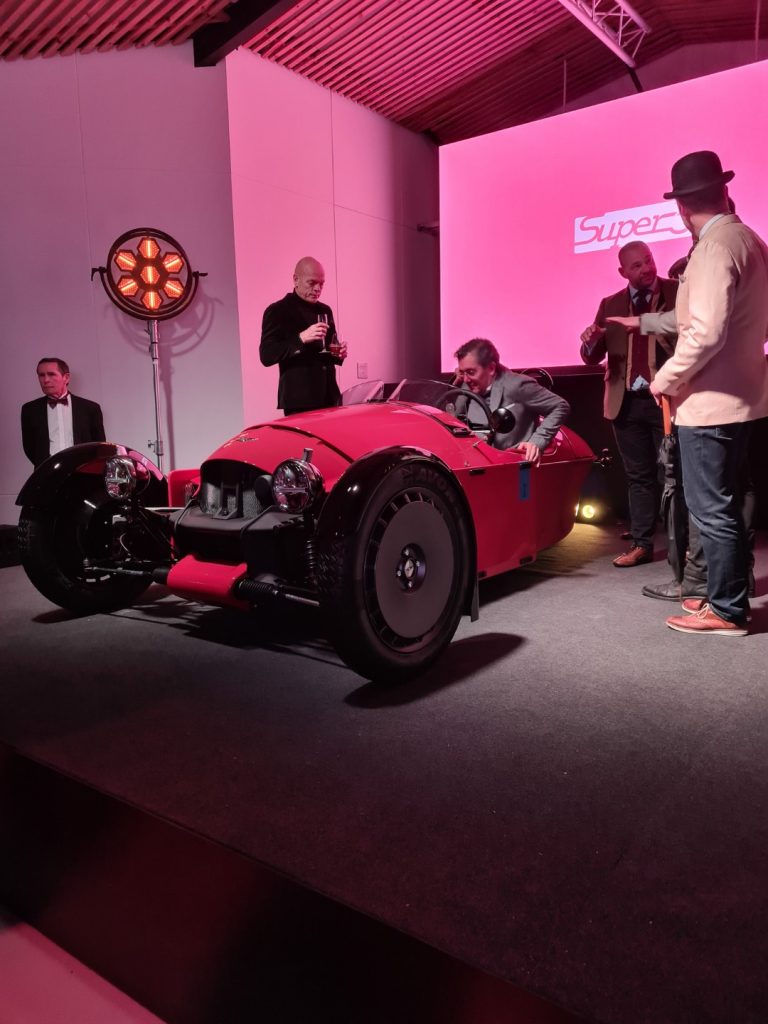
As technology marches onwards and cars begin to converge in looks and how they feel, Morgan has several advantages over its competitors that set it apart. First is the traditional styling and hand-crafted, personal element to each vehicle – Steve even personally signs each owner’s handbook before they arrive to collect their new purchase. There is also the inherent quirkiness and personality that is almost unique to Morgan – and nowhere is it more prevalent than in the Super 3.
“In general cars and motoring are becoming more sanitised. The vehicles are technically perfect and will do everything they’re supposed to do, but there’s no soul – it doesn’t give you a feeling. There’s probably a bias, but I would definitely say Morgan gives you a different feeling to other cars,” Steve explains.
With brave new styling, a modern, revvy engine and as much character and personalisation as the previous car, the Super 3 looks likely to continue where the 3 Wheeler left off. Ironically, electrification and the remorseless charge towards the future have simply made Morgan double down on its own identity – and it’s all the more appealing for doing so.
If Morgan continues so adeptly to stick to its heritage while balancing the need for modernisation, it’s likely there will be a group of Super 3 owners gathered outside the factory in another 40 years, just like those 3 Wheeler owners today.
